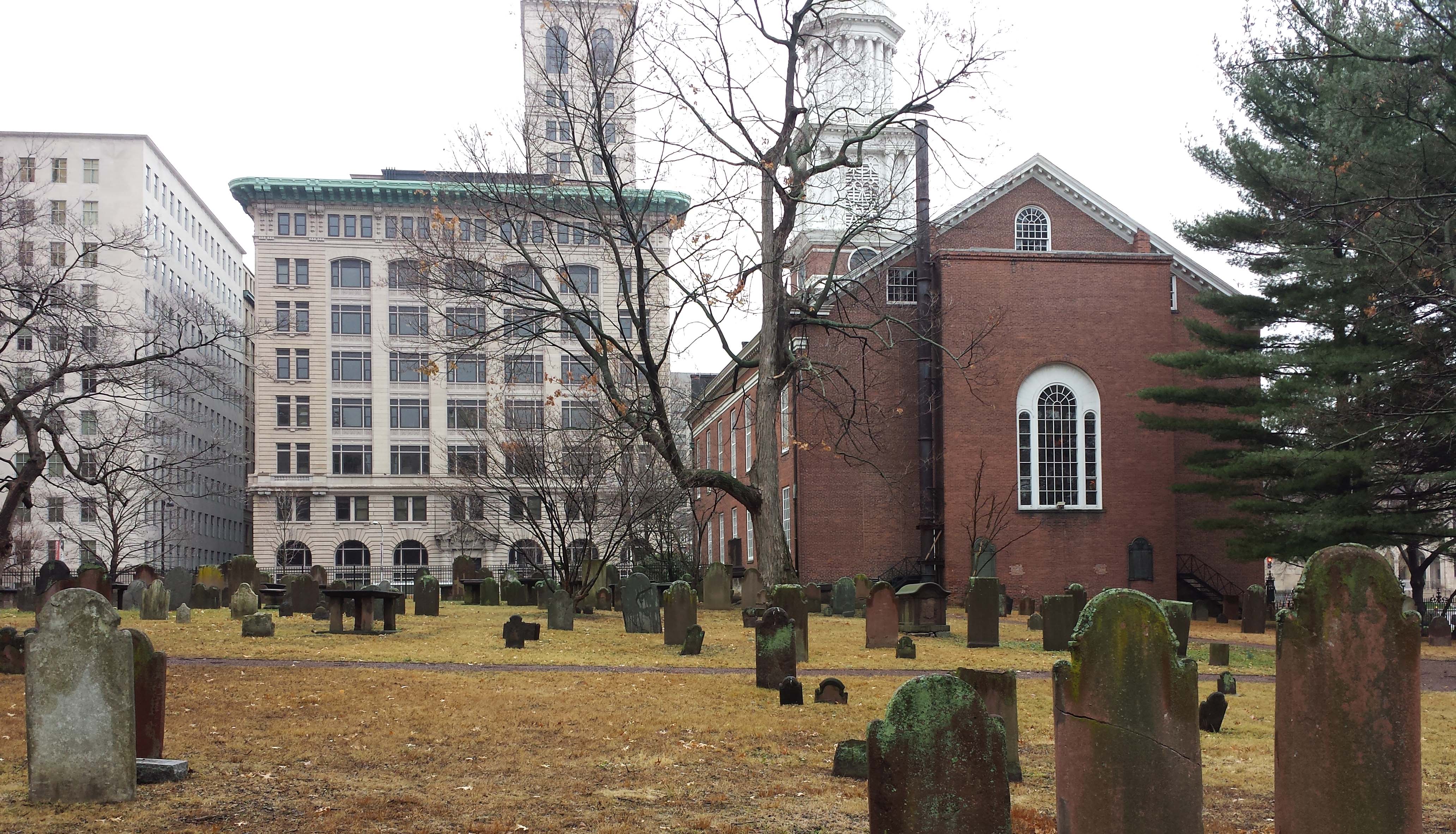Last year, I wrote a blog post about the 17th-century journals of Samuel Sewall, and my work to catalogue all mentions of funerals and burials that he recorded during the 17th and early 18th centuries. Now that my comps are completed and passed (woo!), and a draft of my thesis proposal has been sent off for comments, I can get back into a bit of research for my dissertation…and blog about it as I go.
To refresh your memory, part of my research into the development of 17th-century burial grounds in the colonial northeast of North America is to explore details of how people were being buried in these spaces. By doing so, we can gain a better understanding of how funerals and burials were being carried out at the time, how people were using the spaces, and how these practices have changed through the decades and centuries.
This is my second diary analysis, and it was also written by a Puritan. Joshua Hempstead (1676-1758) of New London, Connecticut, was a shipwright, carpenter, and gravestone carver / letterer, who is most well known today for the extensive diary he kept between 1711 until 1758. Available online through Archive.org HERE, the diary is an extensive document, over 700 pages, detailing life in the early 18th century in a New England community. While it is a bit beyond the main scope of my project, I thought it would be important to look at examples from the turn of the century as well, for comparison. For those in death studies in this region, Hempstead is well known for his gravestones, especially in the New London area where he was also responsible for constructing many coffins. Due to the many hats he wore in the community, and in direct involvement in death care, Hempstead’s diary offer an exciting look at burials in the period.
Continue reading →












